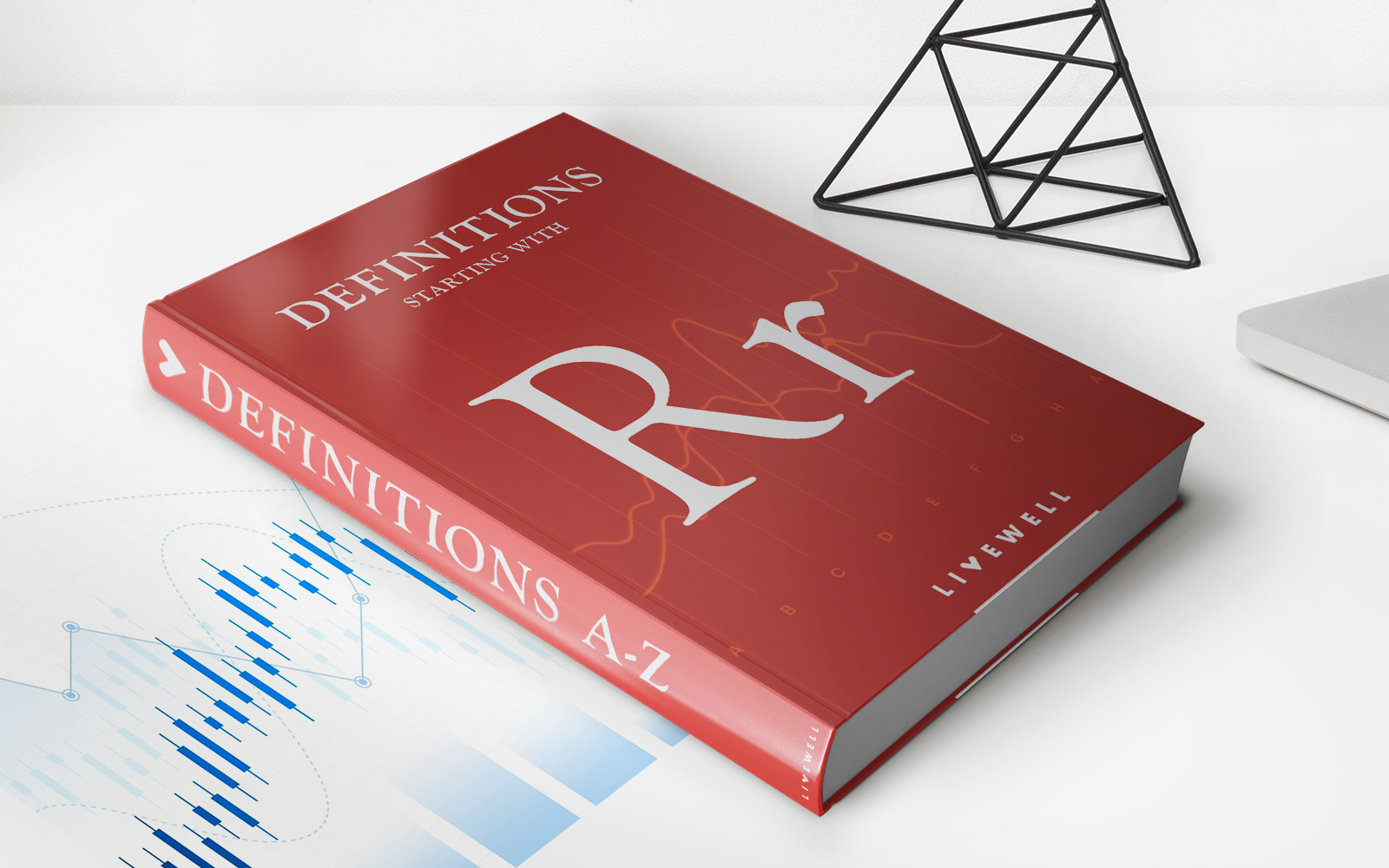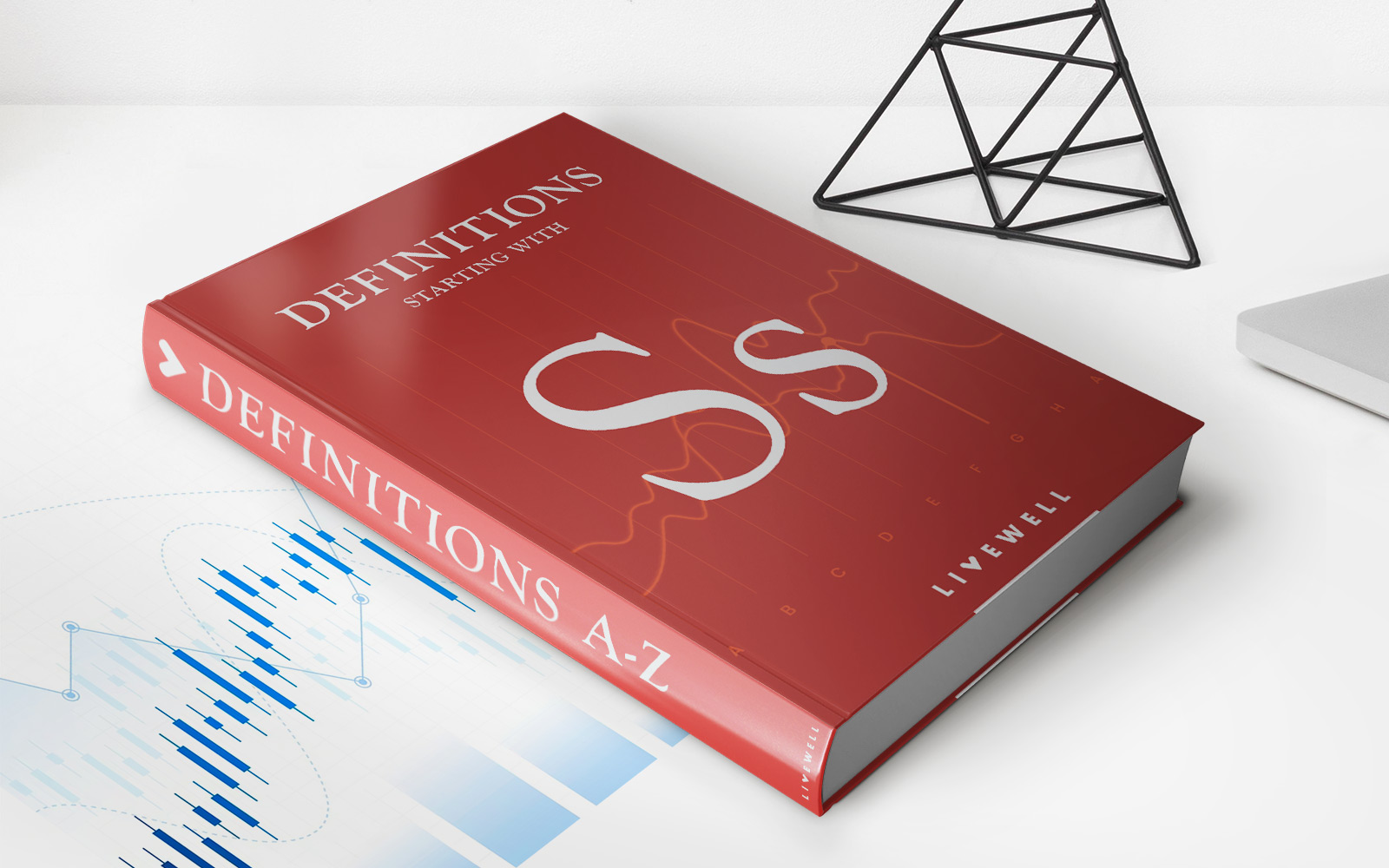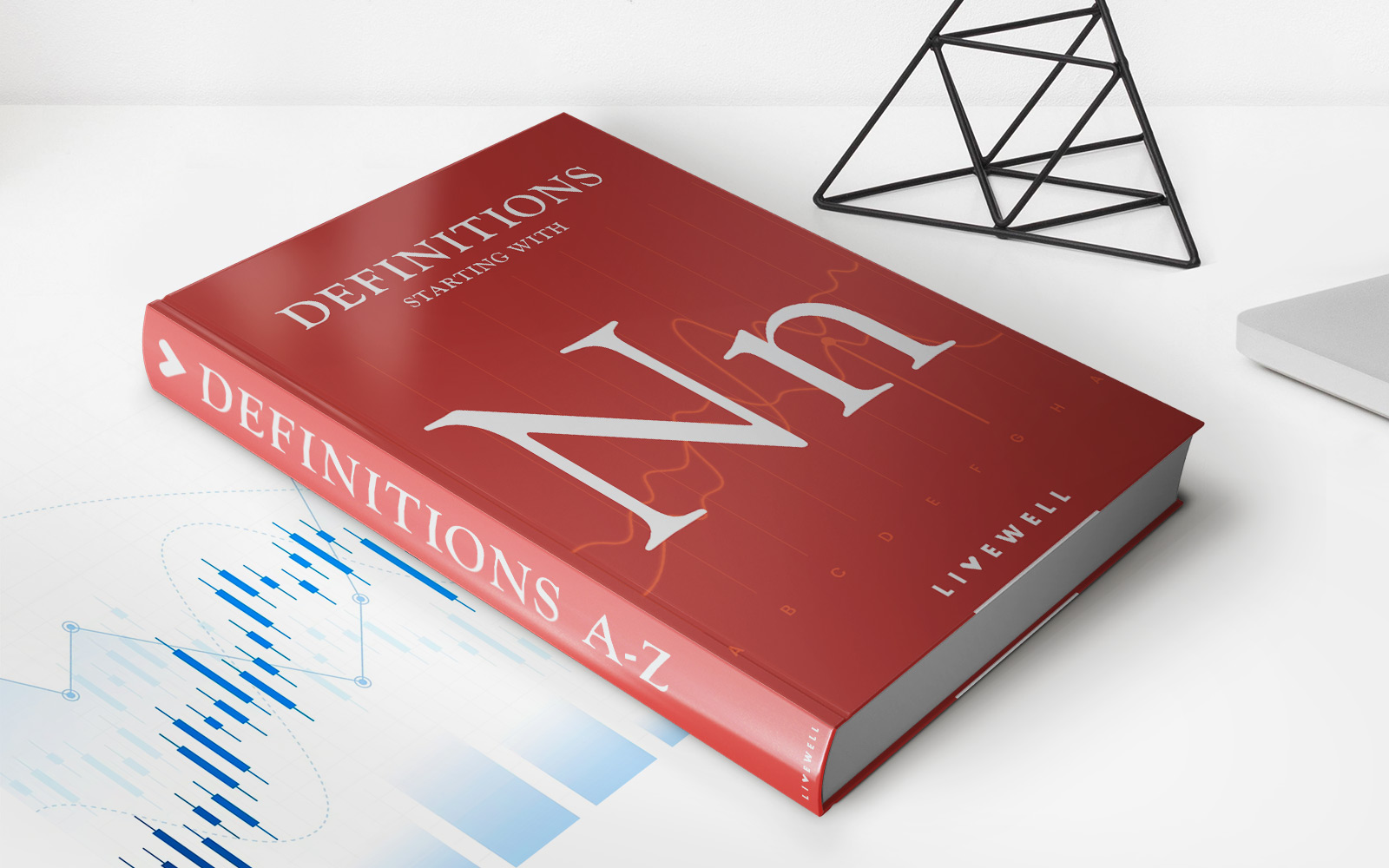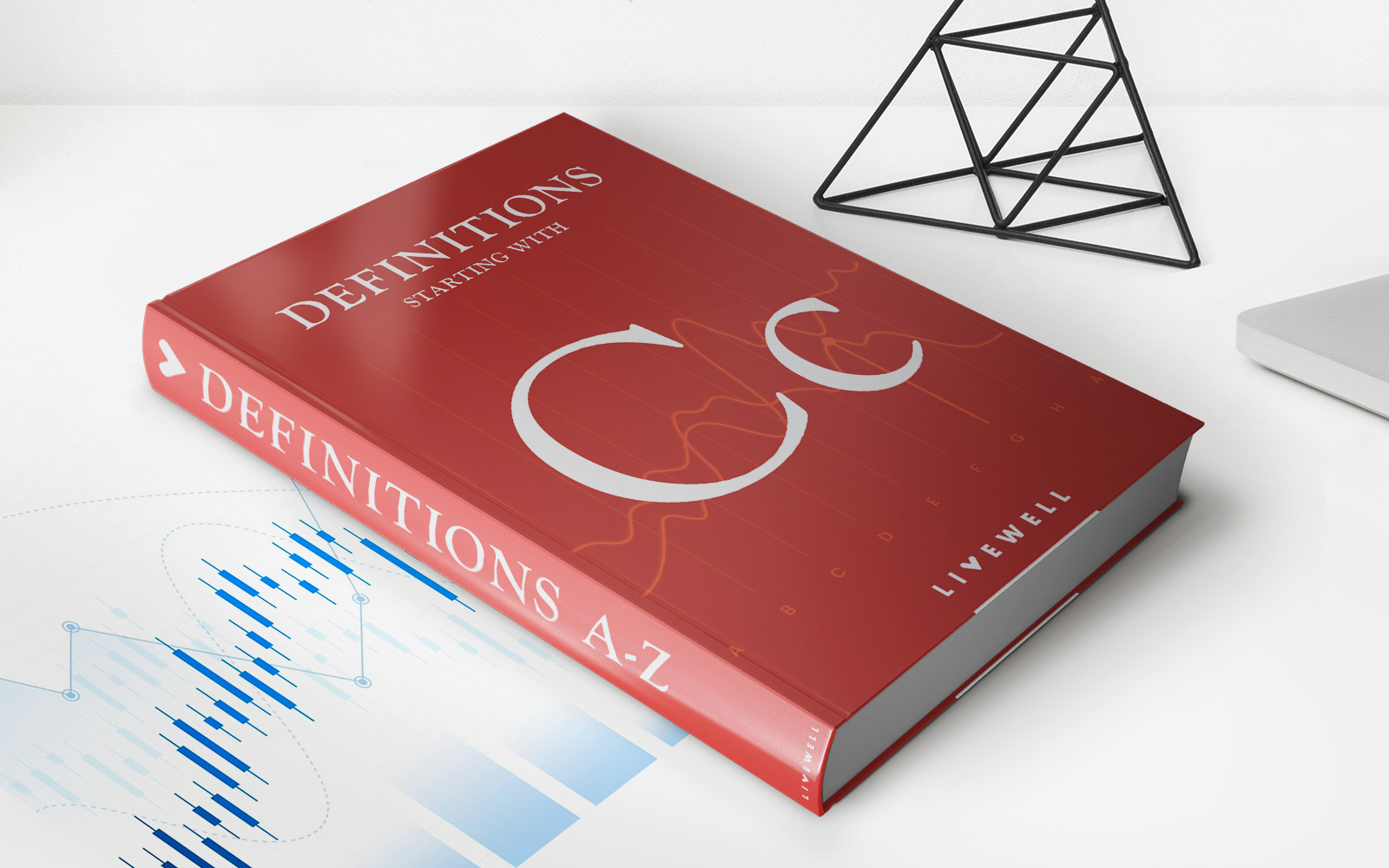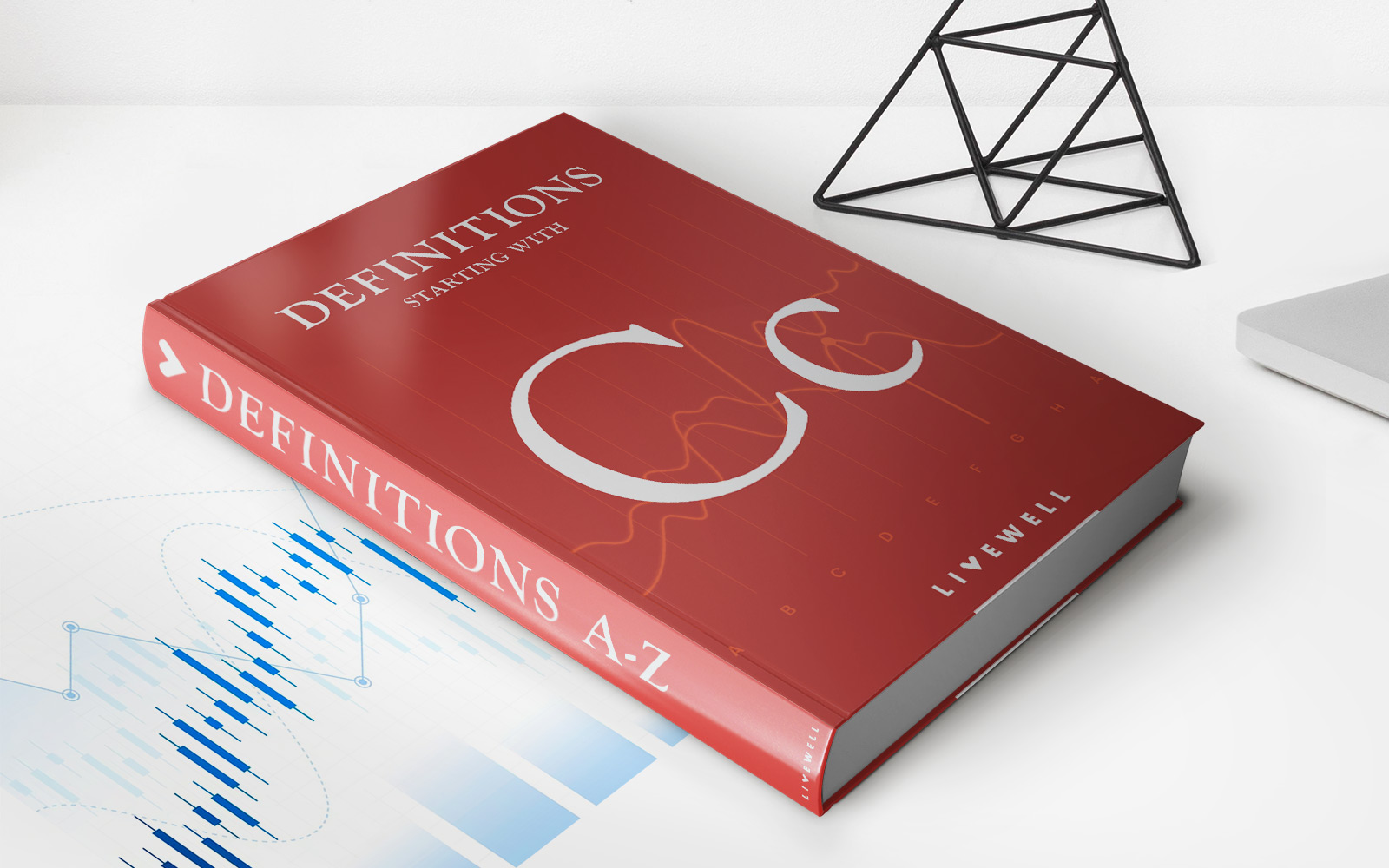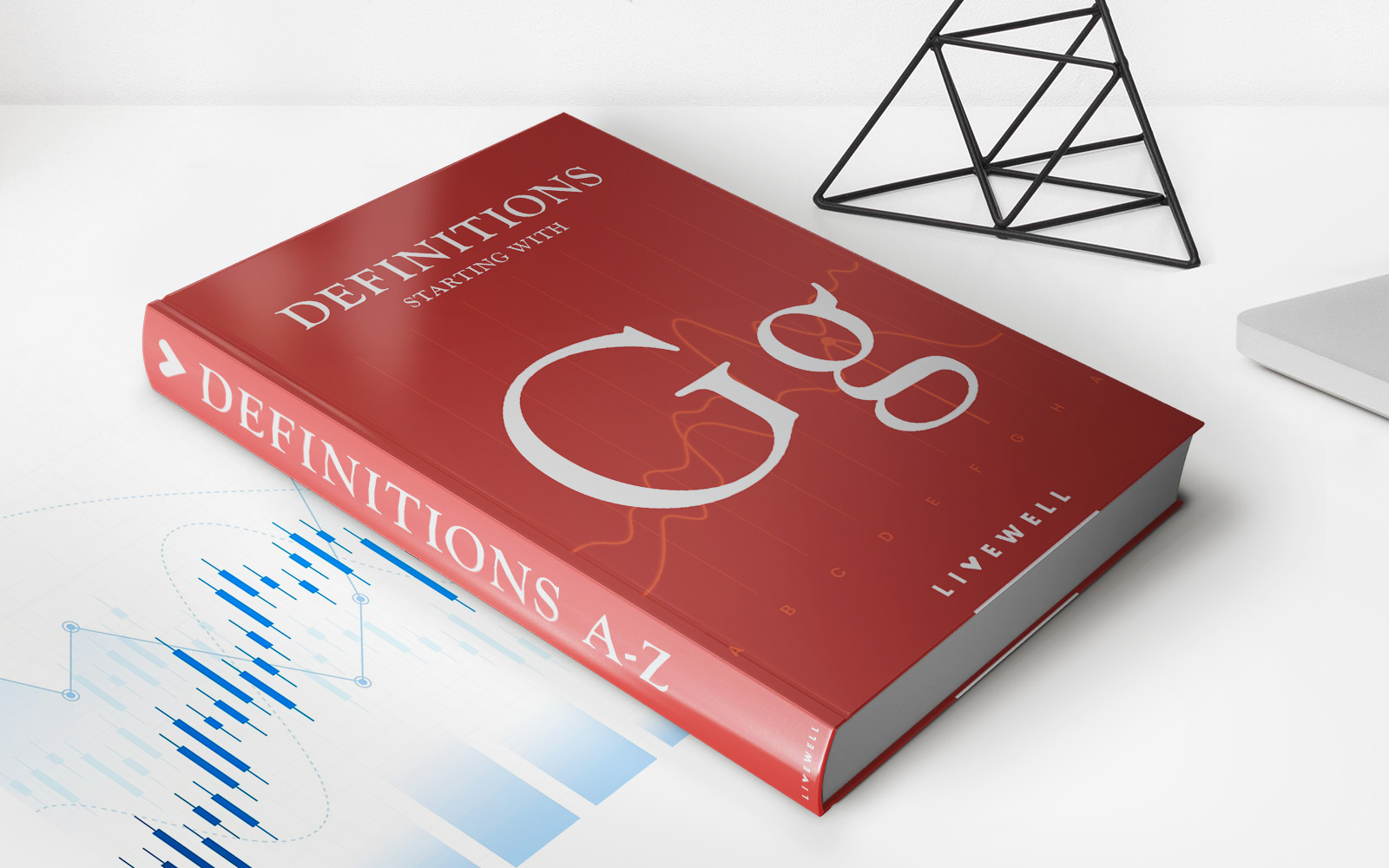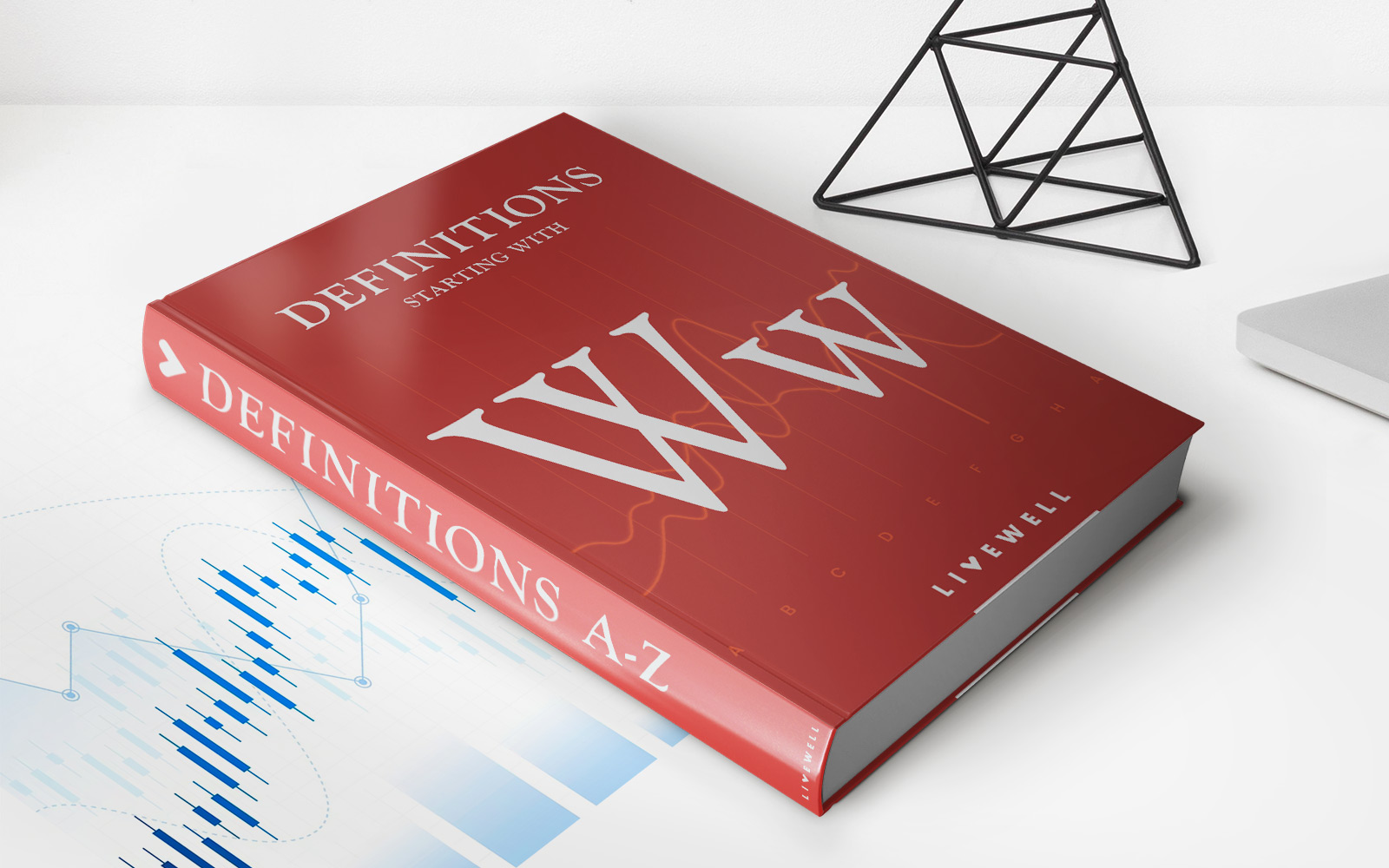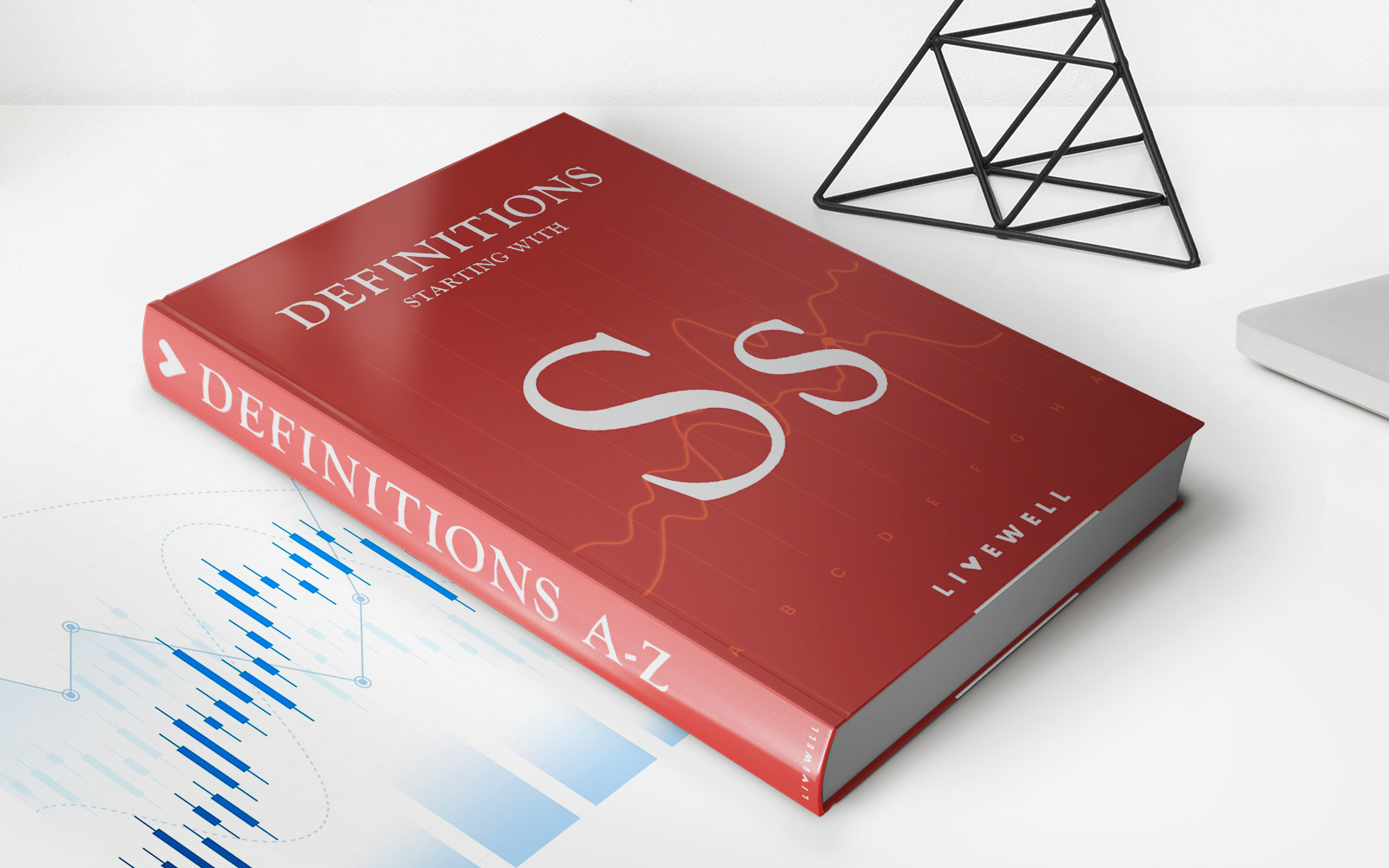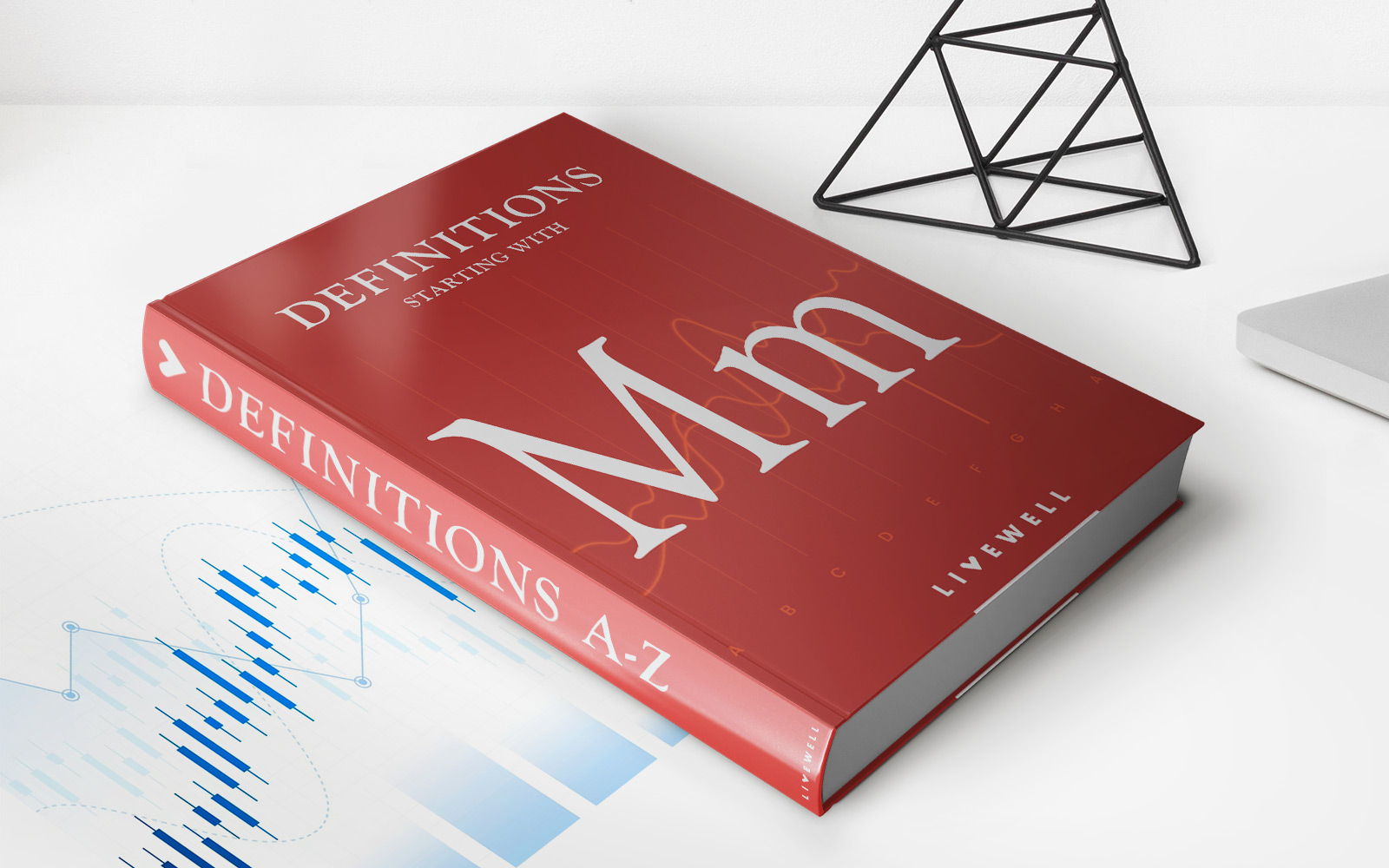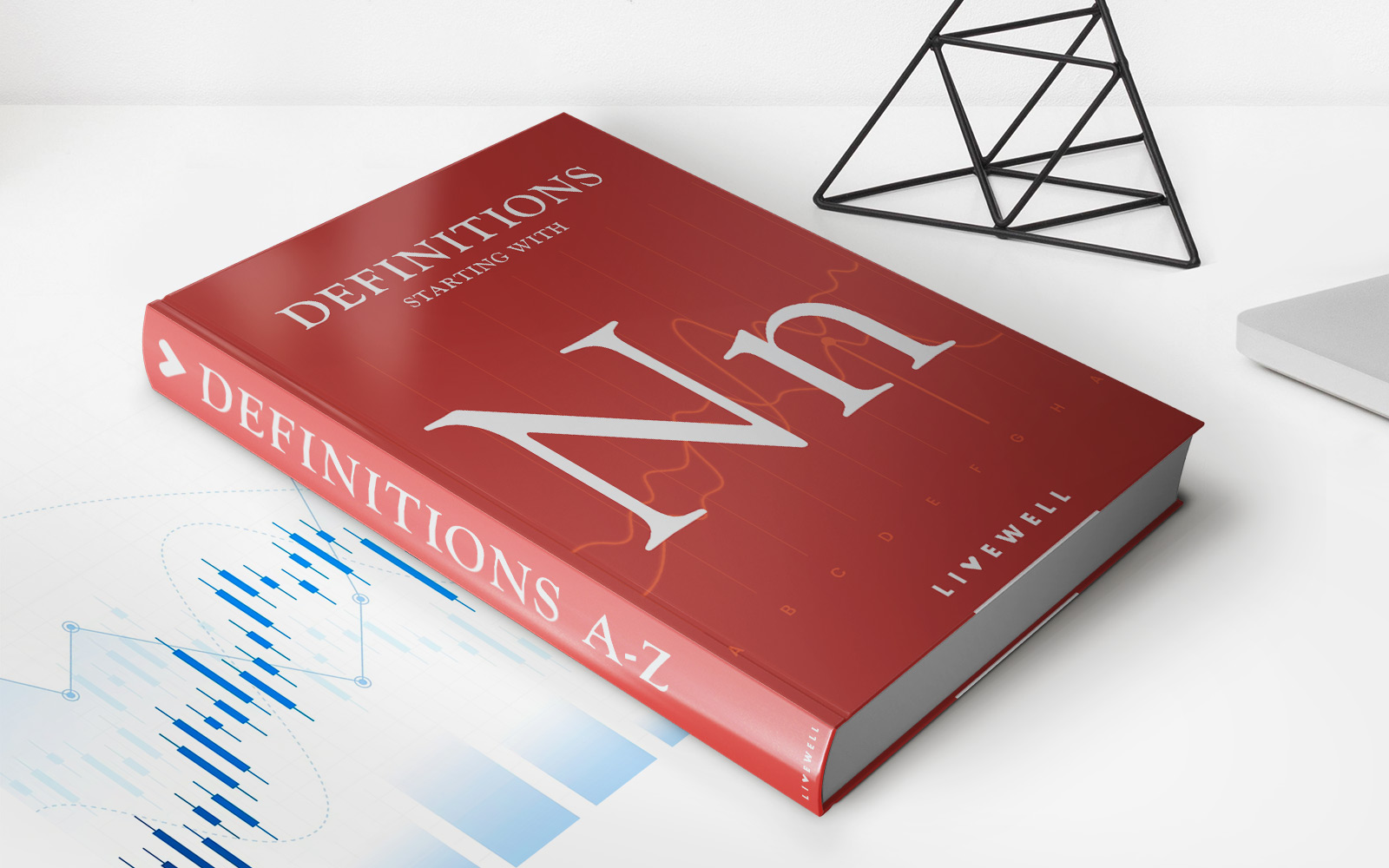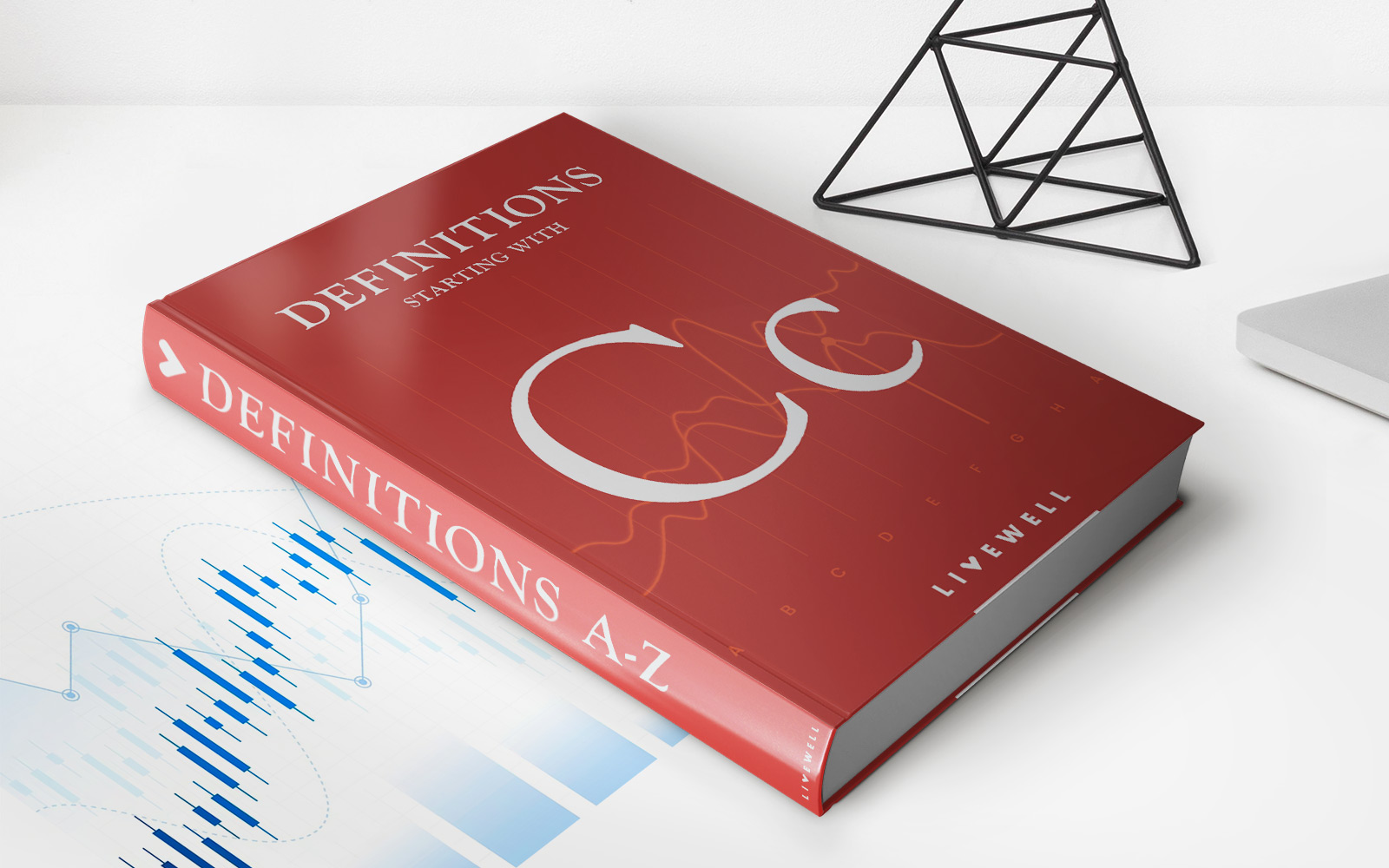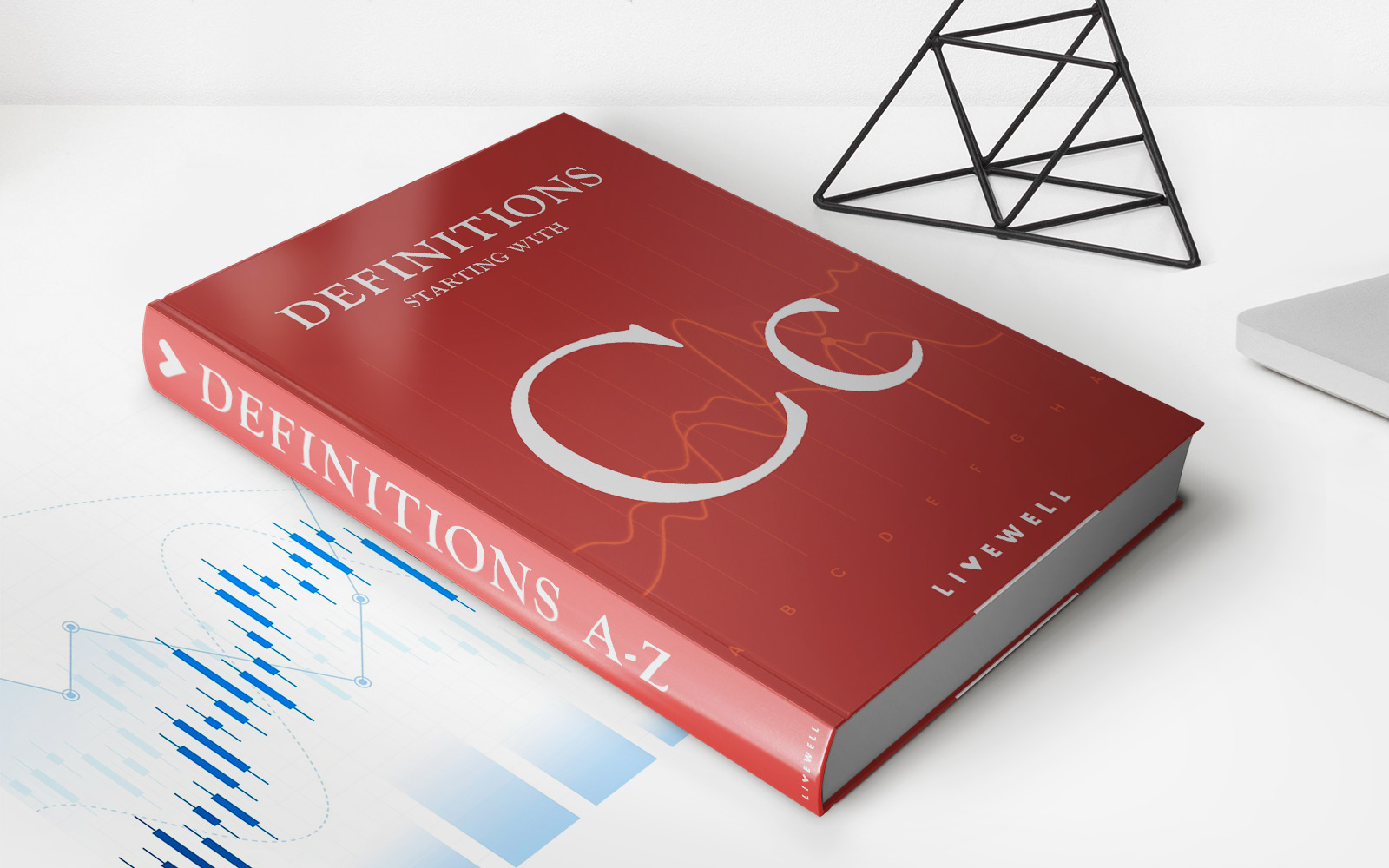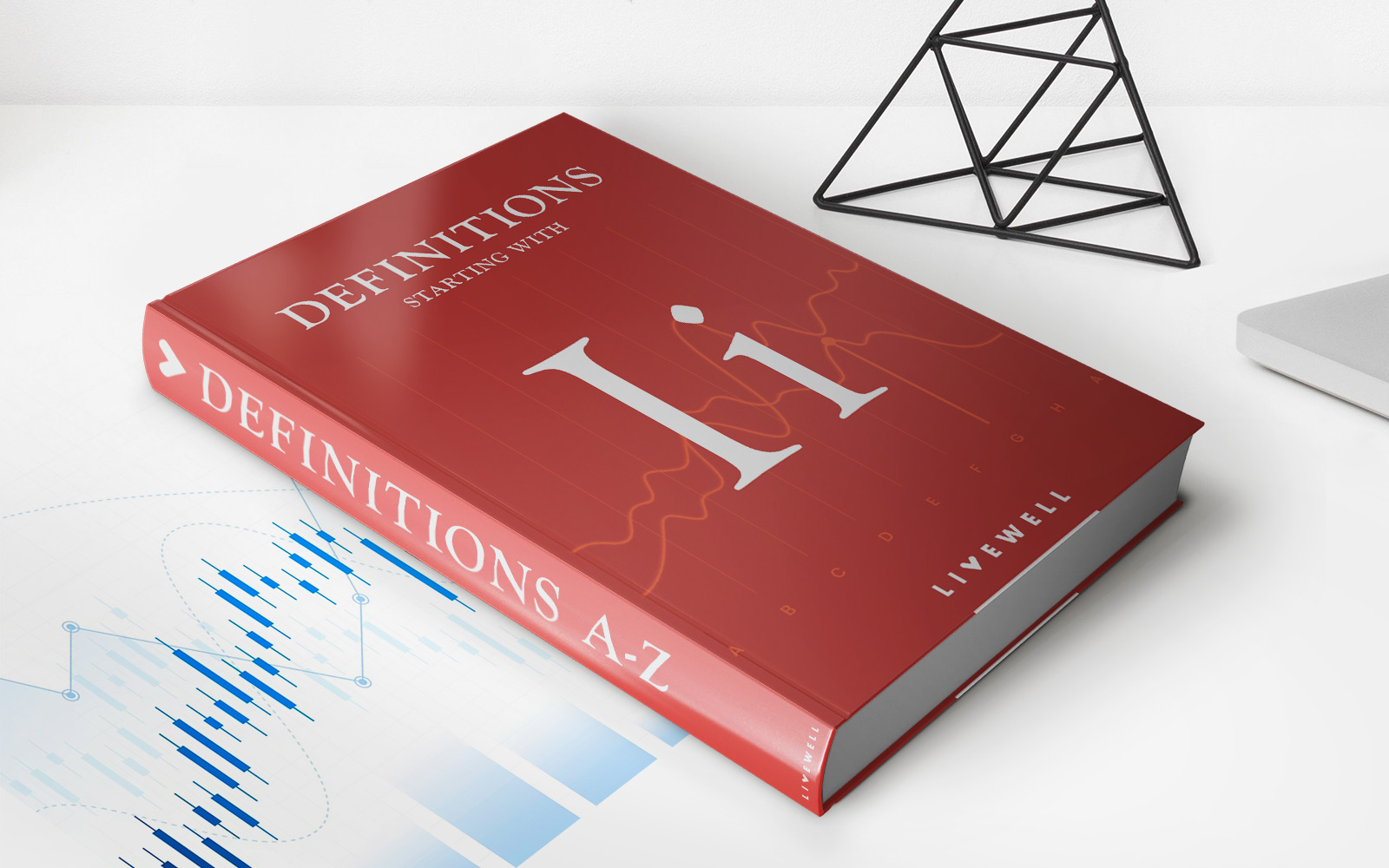Home>Finance>Nontariff Barrier: Definition, How It Works, Types, And Examples


Finance
Nontariff Barrier: Definition, How It Works, Types, And Examples
Published: January 1, 2024
Learn the definition and types of nontariff barriers in finance, including how they work and examples. Enhance your understanding of trade barriers with this comprehensive guide.
(Many of the links in this article redirect to a specific reviewed product. Your purchase of these products through affiliate links helps to generate commission for LiveWell, at no extra cost. Learn more)
Nontariff Barrier: Definition, How It Works, Types, and Examples
When it comes to international trade, tariffs are often the first thing that comes to mind. We’ve heard about them in the news and know that they are taxes or duties imposed on imported goods. However, there’s another type of barrier that can hinder trade, called nontariff barriers. In this blog post, we’ll explore the definition of nontariff barriers, how they work, and provide examples of different types.
Key Takeaways:
- Nontariff barriers are restrictions imposed by governments to control the flow of goods and services between countries.
- These barriers can take many different forms, including quotas, embargoes, subsidies, licensing requirements, and technical barriers.
Definition of Nontariff Barrier
A nontariff barrier refers to any measure taken by a government to control the import or export of goods and services, other than the imposition of duties or taxes. These barriers can be put in place to protect domestic industries, promote public health and safety, or address geopolitical concerns.
How Nontariff Barriers Work
Nontariff barriers work by placing restrictions or requirements on imported or exported goods and services, making them less competitive in the market. These barriers are often used to regulate trade based on various factors such as the country of origin, product quality standards, or licensing requirements.
Here are some common types of nontariff barriers:
Types of Nontariff Barriers
- Quotas: Quotas limit the quantity of a specific product that can be imported or exported during a certain period. This restriction aims to protect domestic industries from foreign competition or to manage a country’s trade balance.
- Embargoes: Embargoes are complete bans on the import or export of specific goods or services to or from a particular country. They are often applied for political reasons, such as sanctions against countries with a poor human rights record or involvement in conflicts.
- Subsidies: Subsidies are financial assistance provided by governments to domestic industries, usually in the form of grants, tax breaks, or low-interest loans. This support aims to make domestic products more competitive by reducing production costs or enabling them to lower prices.
- Licensing requirements: Licensing requirements impose mandatory licenses or permits on imported or exported goods. This is often used to ensure compliance with health, safety, or quality standards. However, these requirements can also be used to create a barrier to entry for foreign competitors.
- Technical barriers: Technical barriers involve setting specific product standards or regulations that foreign producers must meet in order to gain access to a particular market. These requirements might involve safety certifications, labeling guidelines, or product testing procedures. Non-compliance with these technical barriers can limit market access for foreign goods.
Examples of Nontariff Barriers
Let’s look at a few examples of nontariff barriers:
- Country A imposes a quota on the import of textiles, allowing only a certain number of units to enter the country. This protects the domestic textile industry from foreign competition.
- Country B places an embargo on the export of certain agricultural products to Country C in response to political tensions between the two countries.
- Country C provides subsidies to its local car manufacturers, enabling them to produce cars at lower costs compared to foreign competitors.
- Country D requires all imported cosmetics to undergo extensive testing and obtain a local license before they can be sold in the market. This creates an additional cost and time barrier for foreign cosmetic companies.
- Country E establishes strict regulations on imported electronic devices, obligating them to meet specific safety standards unique to that country. This can be challenging for foreign manufacturers as they might need to modify their products or packaging to meet these requirements.
In conclusion, while tariffs are familiar barriers to international trade, nontariff barriers play an equally crucial role in shaping economic relations between countries. By understanding the definition, various types, and examples of nontariff barriers, we can gain a better grasp of the complexities underlying global trade.
For more finance-related content, stay tuned to our FINANCE category for further insights!
